In the realm of logistics and transport, the safe and efficient handling of bulk liquids is critical. This is particularly true when dealing with bulk tank trailers equipped with steam lines. Understanding the nuances of operating these systems not only ensures compliance with safety regulations but also optimizes performance and extends the equipment’s lifespan. This article delves into the intricate aspects of operating bulk tank trailer steam lines, providing a structured approach to mastering the process.
Table of Contents
- Understanding Bulk Tank Trailers
- The Significance of Steam Lines in Tank Trailers
- Components of Steam Lines
- Operating Bulk Tank Trailer Steam Lines
- Common Challenges and Solutions
- Safety Measures and Recommendations
- Conclusion
Understanding Bulk Tank Trailers
Bulk tank trailers are specialized vehicles designed to transport large quantities of liquids, such as chemicals, food-grade oils, or other bulk liquids. These trailers consist of a cylindrical tank mounted on a chassis and are often equipped with various systems to facilitate loading, unloading, and temperature control.
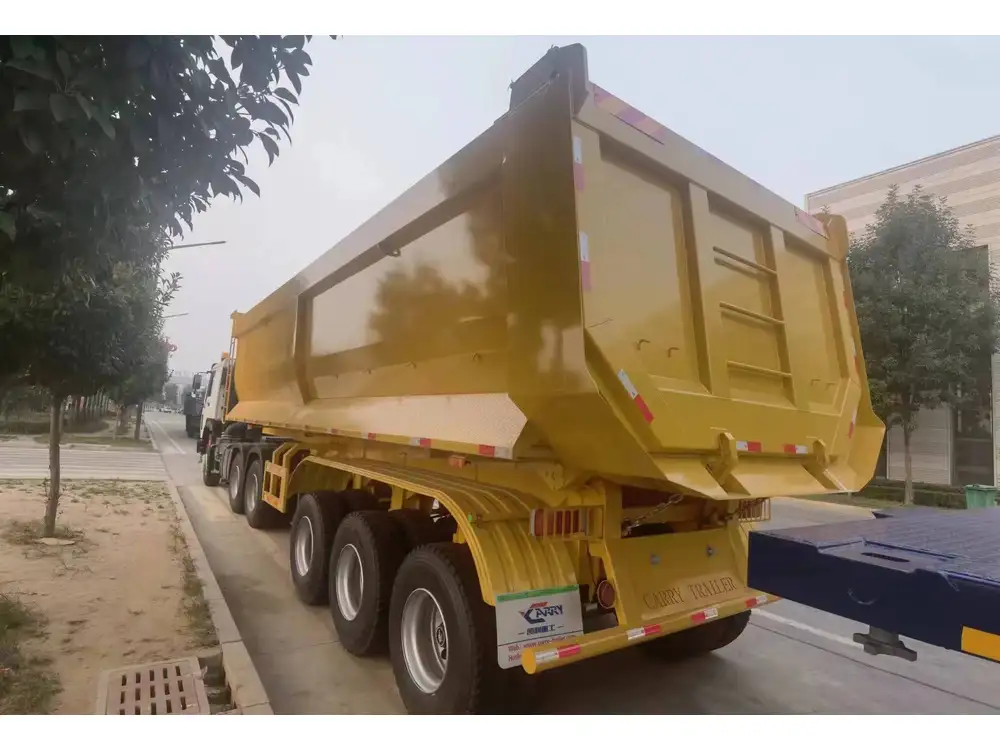
Types of Bulk Tank Trailers
| Type | Description |
|---|---|
| Chemical Tankers | Designed for transporting hazardous materials. |
| Food-Grade Tankers | Built to meet strict sanitary requirements for food transport. |
| Petroleum Tankers | Used to carry oil and other petroleum products. |
The Significance of Steam Lines in Tank Trailers
Steam lines play a pivotal role in the operation of bulk tank trailers, particularly for products requiring temperature control. The steam can be utilized to maintain optimal temperatures for viscous liquids or to prevent freezing during transit. Understanding the functionality of steam lines is critical for anyone operating or maintaining these trailers.
Benefits of Using Steam Lines
- Temperature Control: Maintains optimal flow characteristics for liquids.
- Reduced Viscosity: Facilitates easier loading and unloading of thicker substances.
- Prevent Freezing: Essential in colder climates to avoid solidification of certain materials.
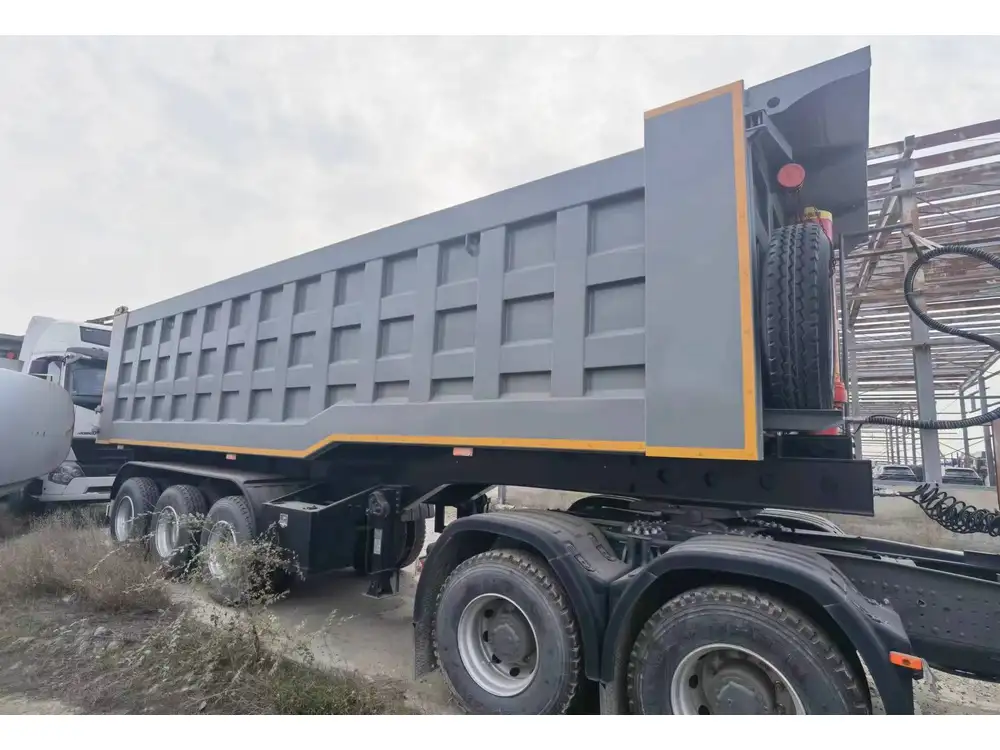
Components of Steam Lines
A solid grasp of the various components of steam lines is fundamental for effective operation.
Key Components Overview
| Component | Function |
|---|---|
| Steam Generator | Produces steam used for heating. |
| Hoses and Connectors | Transfers steam to the tank trailer. |
| Pressure Regulators | Maintains consistent steam pressure. |
| Thermometers | Measures and displays the temperature of the heated liquid. |
| Relief Valves | Releases excess pressure to prevent system failure. |
Operating Bulk Tank Trailer Steam Lines
Navigating the operation of bulk tank trailer steam lines involves several critical phases. Below, we outline the key steps you should follow.
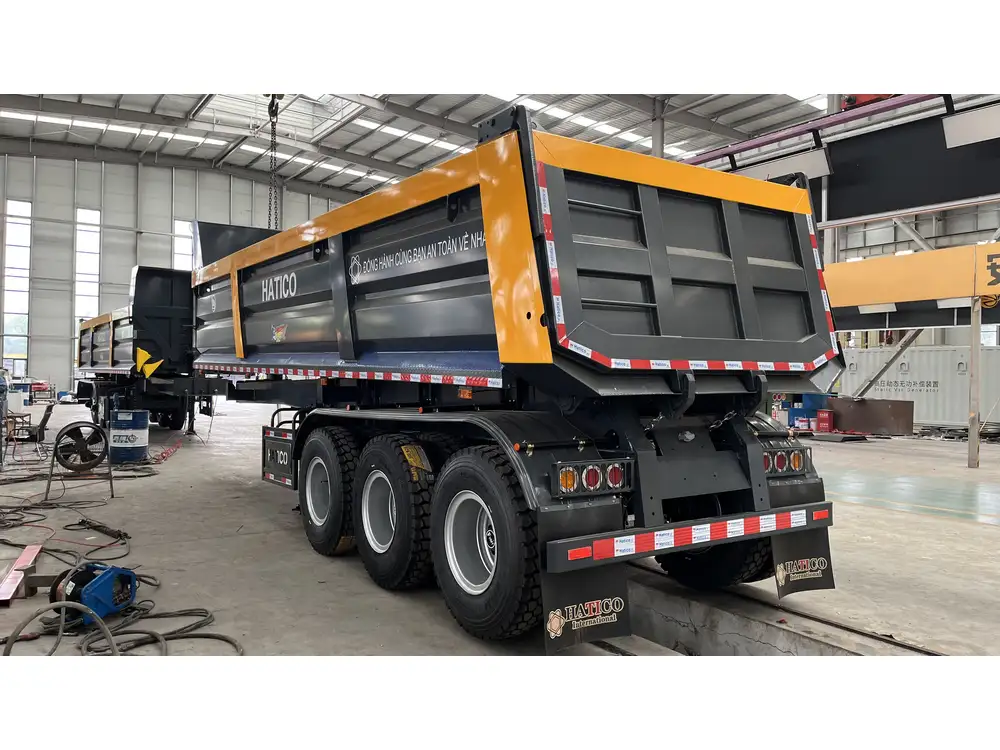
Pre-Operational Checks
Before embarking on any operational process, a thorough pre-operational check is crucial to ensure the safety and efficiency of the bulk tank trailer.
- Inspect the Equipment: Check for any visible damages, leaks, or corrosion.
- Verify the Steam Generator: Ensure proper functionality; look for signs of wear.
- Check Hoses and Connectors: Confirm that all connections are secure and free from blockages.
- Test Relief Valves: Ensure that they operate correctly to prevent overpressure.
Establishing Steam Pressure
Setting the appropriate steam pressure is vital for maximizing operational efficiency.
- Adjust the Pressure Regulator: To achieve the desired pressure, which typically ranges from 15 to 80 psi.
- Monitor Pressure Readings: Use pressure gauges to continuously monitor pressure, making adjustments as necessary.
Ideal Pressure Setup
| Application | Recommended Pressure (psi) |
|---|---|
| Viscous Liquids | 20-40 |
| Cold Weather Loads | 30-60 |
| Thin Liquids | 15-25 |
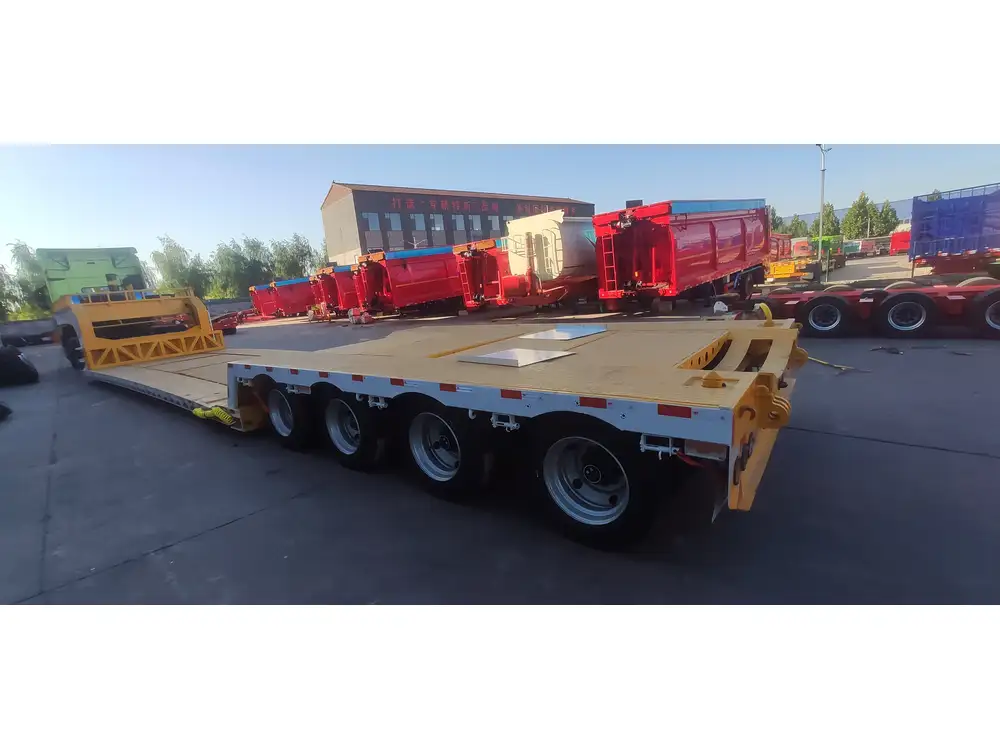
Loading and Unloading Procedures
Efficient loading and unloading procedures are central to maintaining productivity in operations.
Loading Process
- Connect Steam Lines: Securely attach hoses to the steam inlet of the trailer.
- Preheat Product: Engage steam to warm the product and reduce viscosity before loading.
- Monitor Flow Rates: Ensure that the flow rates remain stable and within operational limits.
Unloading Process
- Release Pressure: Gradually release steam pressure before disconnecting lines.
- Drain Residual Product: Ensure that the tank is emptied to avoid cross-contamination.
- Clean Equipment: After unloading, thoroughly clean all hoses and connectors to maintain hygiene.

Post-Operation Procedures
Post-operation activities are just as important as pre-operational checks, particularly for the longevity and safety of the equipment.
- Conduct a Full Evaluation: Review everything from performance to any issues that arose during the operation.
- Store Steam Lines Properly: Ensure that hoses are drained and stored in a clean, dry space.
- Document the Operation: Record key metrics, such as temperatures and pressures, for future reference.
Common Challenges and Solutions
Operating bulk tank trailer steam lines does come with its set of challenges. Below, we identify common issues and their respective solutions.
Challenge 1: Inconsistent Temperatures
Solution: Regularly inspect steam connections for leaks or blockages and adjust the pressure regulator as needed to stabilize temperature.
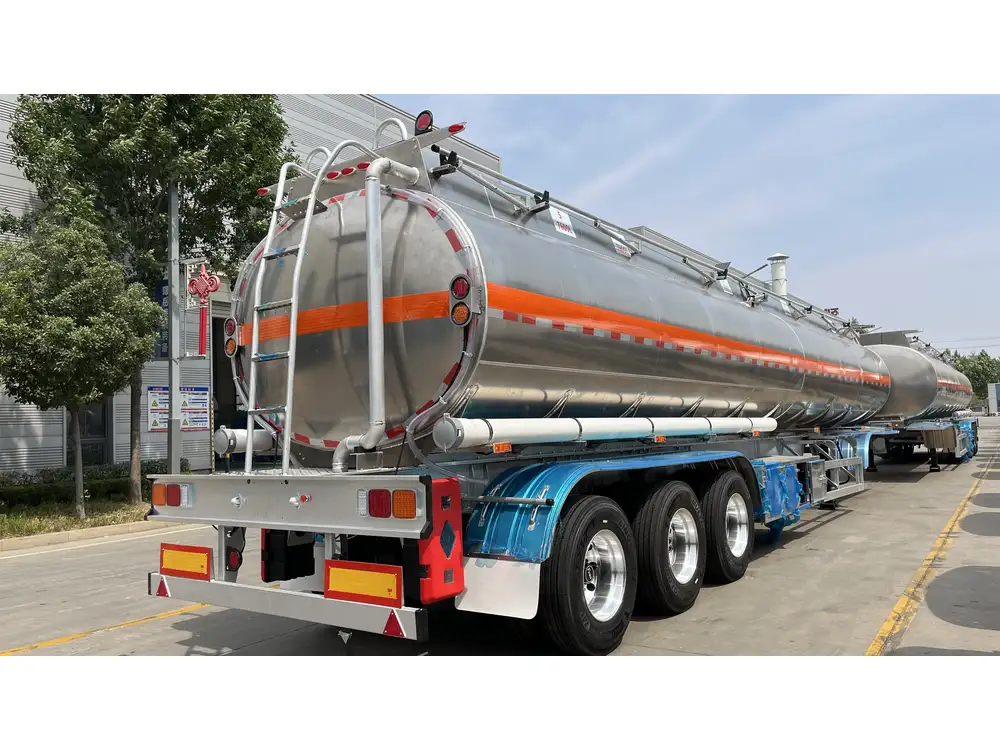
Challenge 2: Equipment Wear
Solution: Implement a routine maintenance schedule, including replacing worn-out hoses and checking valves.
Challenge 3: Freezing Issues in Cold Climates
Solution: Utilize a supplemental heat source or a higher steam pressure during loading operations in cold weather to prevent product freezing.
Challenge 4: Safety Concerns
Solution: Always adhere to established safety protocols when dealing with high-pressure steam lines, including wearing appropriate protective gear.

Safety Measures and Recommendations
Safety must always be a priority when operating bulk tank trailer steam lines. Consider the following guidelines to ensure safe operations:
- Training: Ensure that all operators are thoroughly trained in steam line operations and safety procedures.
- Personal Protective Equipment (PPE): Use flame-resistant clothing, gloves, and eye protection.
- Emergency Protocols: Have a clear emergency response plan in place for steam leaks or other hazards.
- Regular Safety Drills: Conduct drills to prepare personnel for emergency scenarios.
Conclusion
Operating bulk tank trailer steam lines requires a blend of technical knowledge, practical skills, and a commitment to safety. By understanding the essential components, adhering to systematic operational procedures, and implementing safety measures, you can significantly enhance the efficiency and safety of your bulk liquid transport processes. Keeping abreast of best practices and continually refining your approach will set your operation apart in this critical industry sector.
Whether you are a seasoned operator or new to the field, mastering the intricacies of steam line operation is pivotal for success in the ever-evolving logistics landscape.



